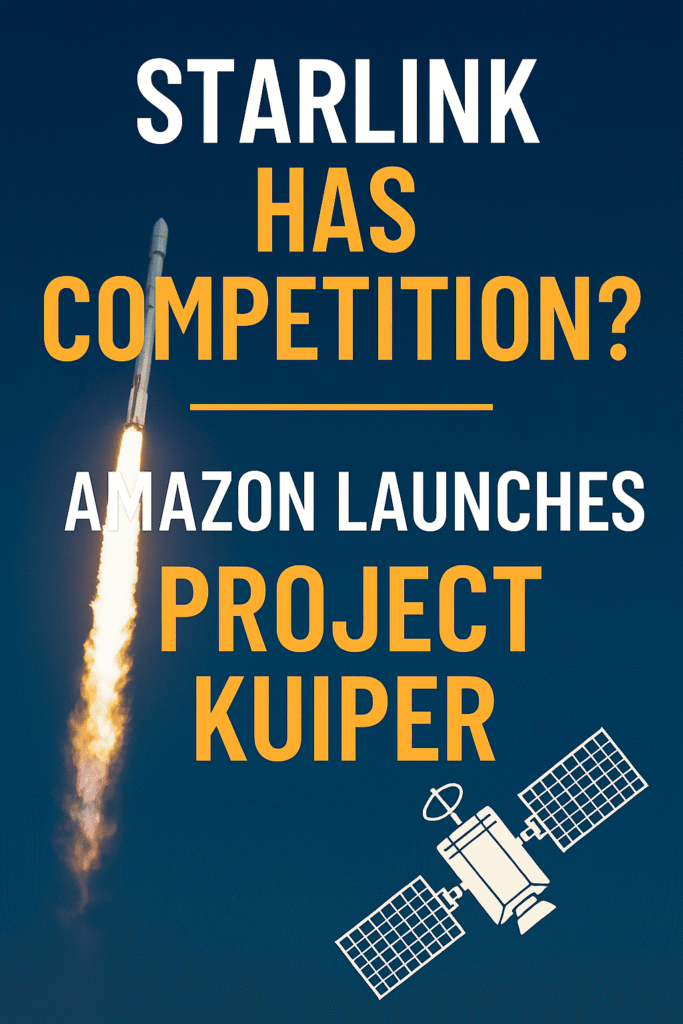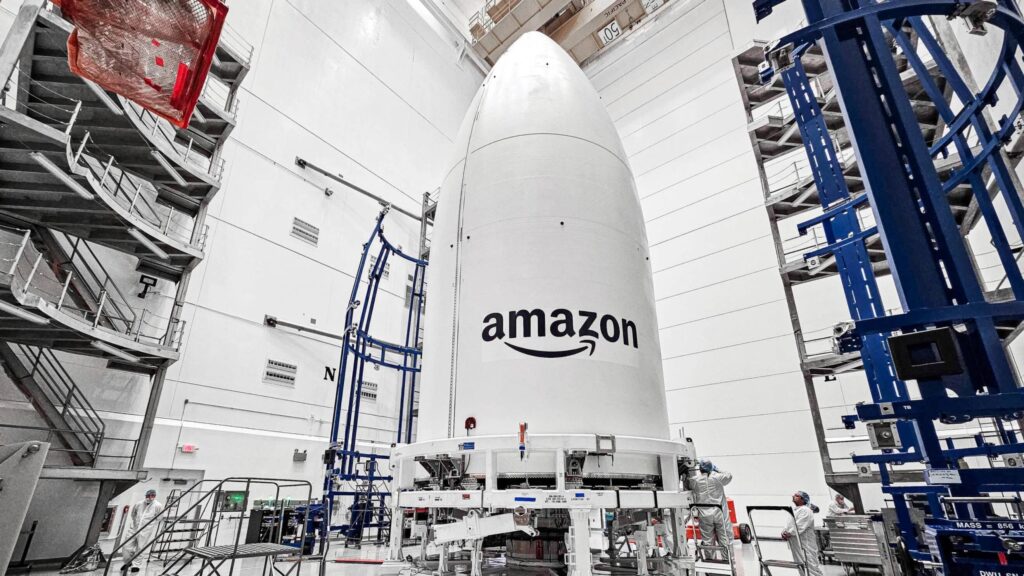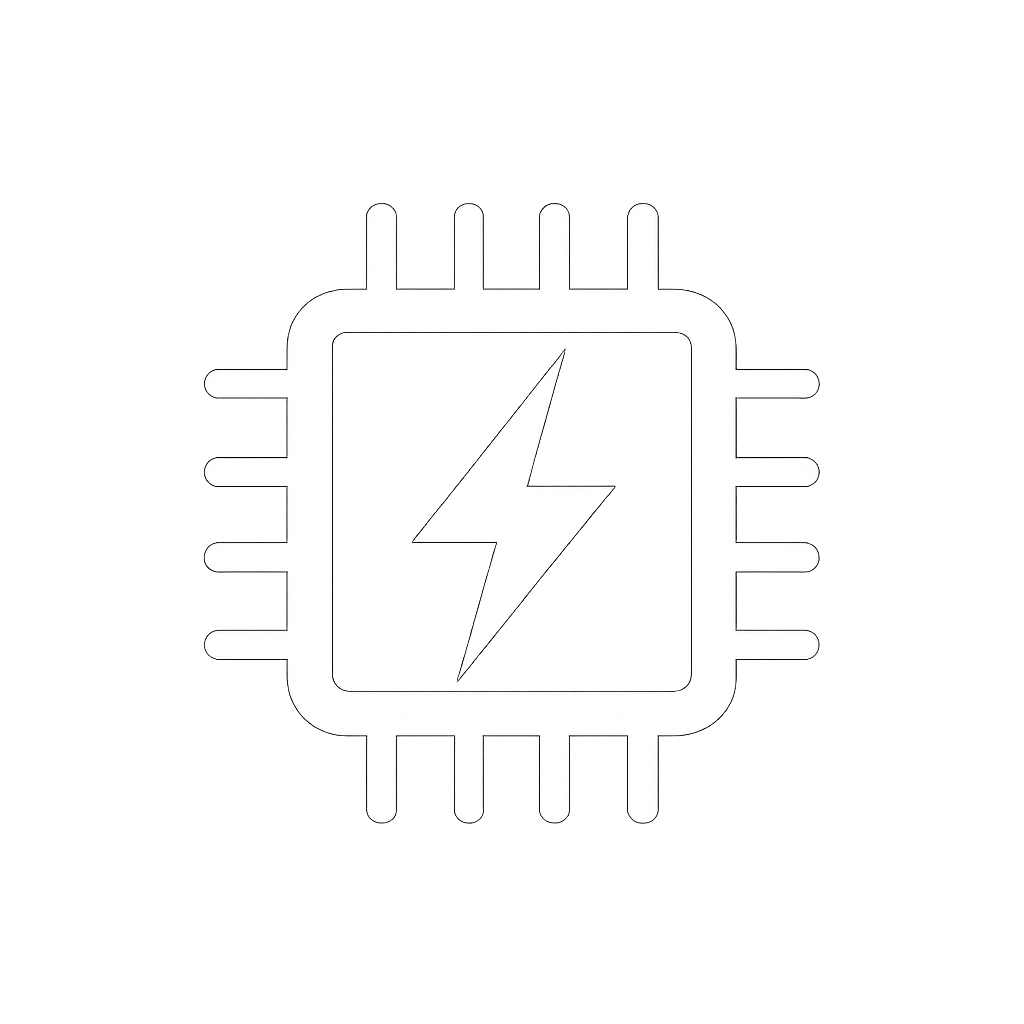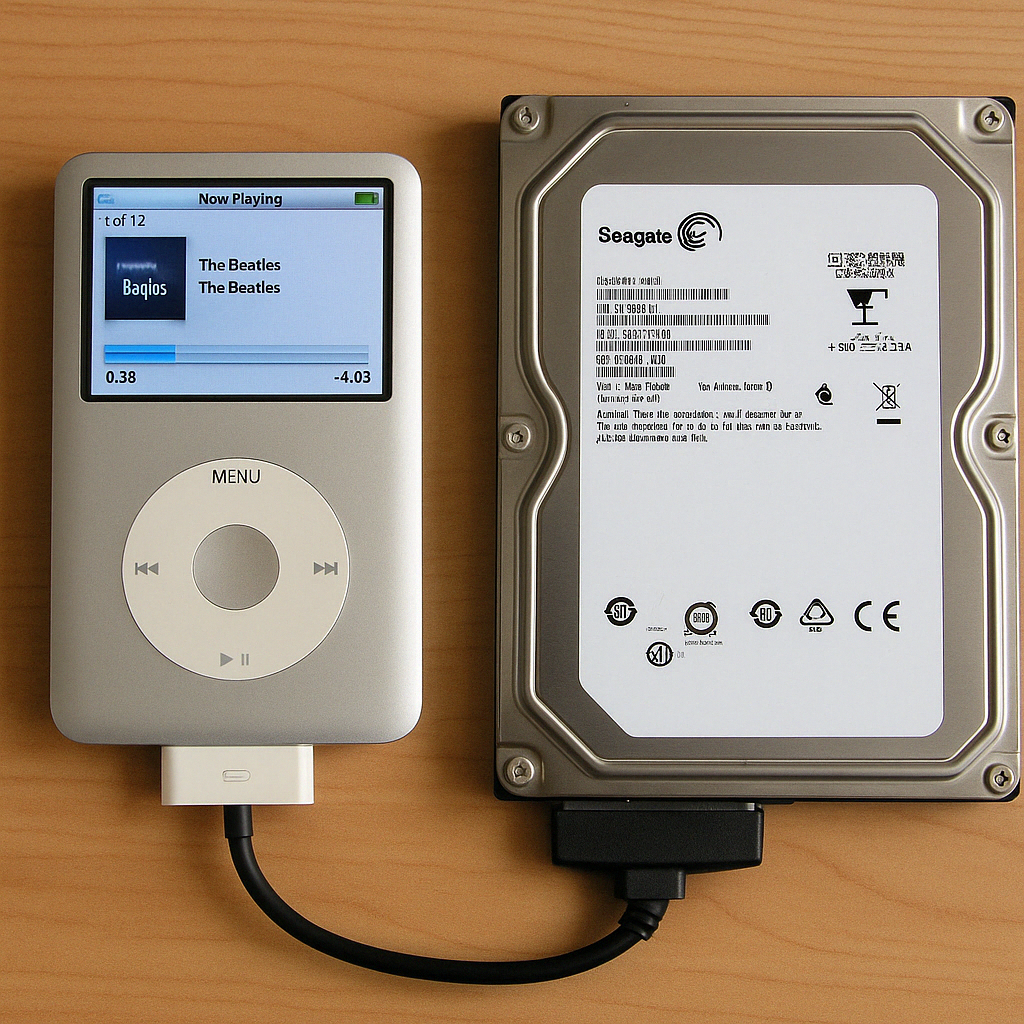Does Starlink have competition? Amazon launches Project Kuiper and changes the game.

The satellite internet market has just welcomed a powerful new competitor.
On April 28, 2025, Amazon took a historic step by launching the first 27 operational satellites of its ambitious Project Kuiper.
With this, the e-commerce giant led by Jeff Bezos makes it clear that it is determined to stand up to Starlink, SpaceX's satellite constellation, in a battle that could redefine internet access around the world.
What is Project Kuiper?
Project Kuiper is Amazon's bid to build a global network of more than 3,200 satellites in low Earth orbit (LEO), with the aim of offering Fast, low-latency broadband internet to users anywhere in the world. The main focus is on bringing connectivity to rural areas and regions where traditional telecommunications infrastructure is nonexistent or inadequate.
To realize this vision, Amazon has committed more than 10 billion dollars and has assured 83 pitches futures through agreements with companies such as United Launch Alliance (ULA), Arianespace, Blue Origin and even SpaceX, its direct rival in this new commercial space race
The first big step: 27 satellites in orbit
The recent launch, from Cape Canaveral Space Force Station in Florida, marks the beginning of this megaconstellation. Using a rocket Atlas V 551 From ULA, Amazon placed 27 satellites at an altitude of approximately 630 kilometers on Earth. These satellites form the first phase of deployment that Amazon needs to complete by July 2026 to meet U.S. Federal Communications Commission (FCC) requirements.
While SpaceX leads the way with more than 8,000 Starlink satellites already in orbit and millions of active users in more than 125 countries, Amazon is confident that the global market has enough room for multiple players.
Cutting-edge technology: Kuiper terminals
One aspect that makes Project Kuiper attractive is the development of affordable and powerful user terminals. Amazon presented three types of antennas:
Standard terminal: About 28 cm in size, capable of reaching speeds of up to 400 Mbps, with a production cost lower than $400.
Compact terminal: Similar in size to a Kindle, it offers speeds of up to 100 Mbps, ideal for mobile users or those in small spaces.
Advanced Terminal: Designed for businesses and government entities, it allows up to 1 Gbps of speed.
All these devices will be equipped with the Prometheus chip, developed by Amazon, which integrates processing and connectivity into a single component to improve efficiency and reduce costs.
What does this mean for the market?
The advancement of Project Kuiper not only increases competition in the satellite internet market, but also accelerates innovation. The possibility of having multiple options can translate into best prices, higher quality of service and, above all, connectivity for millions of people who today do not have access to reliable internet.
However, the deployment of megaconstellations also poses new challenges. Astronomers have expressed concerns about the light pollution these networks cause, which affects space observations. To address this, Amazon has implemented anti-reflective coatings on its satellites, attempting to minimize their visual impact.

Project Kuiper marks the beginning of a new era in global connectivity. While Amazon has a long way to go to catch up with Starlink, its logistics expertise, financial muscle, and focus on cost reduction could make it a formidable contender.
In this "war of constellations," the main winners will be us: the users who will finally be able to enjoy fast, reliable internet no matter where we are.
Will Amazon be able to catch up with SpaceX? Time will tell, but what's certain is that the competition is just beginning, and the sky is no longer the limit.




